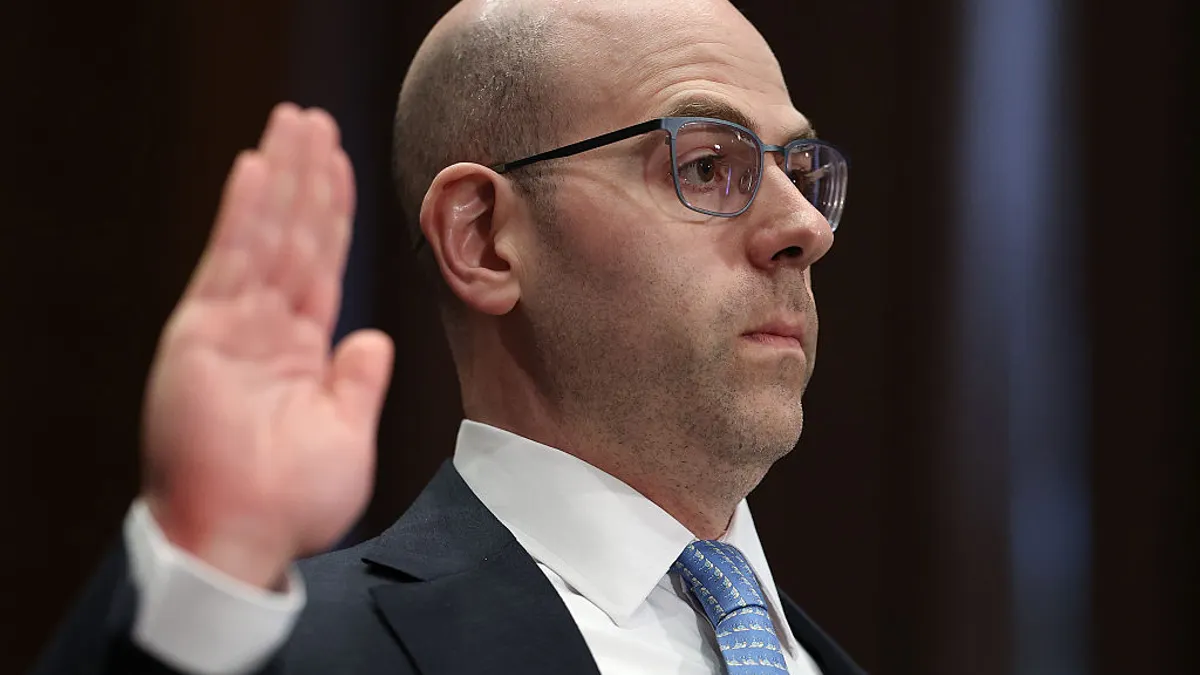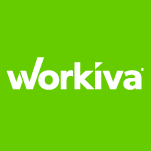With accounting and auditing missteps related to recognizing revenue still getting corporate finance leaders into a good deal of trouble, the story behind Luckin Coffee’s $180 million Securities and Exchange Commission fine in 2020 is a cautionary tale.
The Beijing-based company was initially viewed as a kind of David poised on its home turf to take on the Goliath of the coffee world — Starbucks — as part of a planned uber-caffeinated expansion in China.
Under pressure to meet ambitious growth plans, Luckin resorted to three related schemes that falsely boosted its revenue, according to Peter Zender, producer and host at the CPA-focused podcast platform LumiQ, speaking on a March 1 “revenue reckoning” episode of his company’s “Audit Nightmares” podcast series.
“The temptation to make sure they were meeting expectations of analysts’ projections got the best of them,” said Zender, a CPA and former auditor. “Luckin was straight up creating fictitious revenue.”
Luckin’s story quickly gained momentum when the company went public in 2019, raising more than $600 million and putting it on an ambitious trajectory with plans to open 4,500 locations in China, Zender said.
At its core was a scheme that entailed what is known as round tripping, whereby a company or entity sells assets to another to create the appearance of sales only to buy them back.
That effort grew bolder and bigger over time, according to Zender, who dug into the Luckin case with two other CPAs and former auditors on the podcast, Suman Nagra, now a manager of professional education at Toronto-based LumiQ, and Stephanie Atuahene, a LumiQ technical producer.
Friends and family
First Luckin got friends and family members to purchase the coffee via an app, Zender said. But instead of filling the orders, the company created fake documentation supporting the sales and then refunded the money through payments to bogus vendors and based on fake invoices, he said. Luckin next pushed the ruse further, finding larger companies, effectively related parties or entities affiliated with the company’s executives, that were willing to buy coffee in bulk as part of the growing round-tripping practice.
Finally, Luckin “cranked it up” to the point that it was creating shell companies that they claimed were external intermediary agents who would purchase large bulk quantities of coupons or rights to coffee purchases from Luckin and then resell them on the open market, Zender said.
The company’s practices were exposed in part by an 89-page report that surfaced which, based on over 10,000 hours of store surveillance performed by 92 full time and 1,418 part-time investigators, asserted that the amount of customers entering the Luckin stores were not enough to produce revenue suggested in the financials, according to Zender.
The report was ultimately posted on Twitter on Jan. 31 2020 and Luckin’s auditor later found that some employees faked revenues and expenses; the company’s shares collapsed and it was delisted from Nasdaq in June 2020, according to The Wall Street Journal. However, the company, which filed for bankruptcy in the U.S. in 2021 to restructure while its stores remained open, last year was said to be exploring plans to relist its shares in the U.S., according to a Financial Times report.
Related parties: beyond the org chart
What audit procedures could have identified the fraud? That’s a question Zender poses as he winds up the story. Tools and techniques do exist that can help but it’s not easy, was the podcasters’ consensus.
For example, the Public Company Accounting Oversight Board offers a list of indicators that auditors can use to clue into whether there are undisclosed related parties that may be affecting the financial reporting. Then too, he said it’s important to look for unusual sales terms in contracts and agreements and make sure that it’s clear why intermediaries are involved with the company.
“We want to understand not only how the company you are auditing operates but how they fit in their industries hierarchies and transaction flows with their vendors, customers and partners,” he said, adding that analytics currently and artificial intelligence increasingly in the future will make it easier to assess revenue.
Meanwhile, both Atuahene and Nagra agreed maintaining professional skepticism is also key, with Nagra also saying that it’s important to keep paying attention to the big picture as well as to go above and beyond to confirm the truth that may be obscured, as in the Luckin case, by fake documentation.
“The sad truth is often we just walk into the audit and we ask management to give us the org chart and then we say to them we’ll go talk to these related parties,” Nagra said. “I think there’s a lot more we could be doing to validate some of this.”























